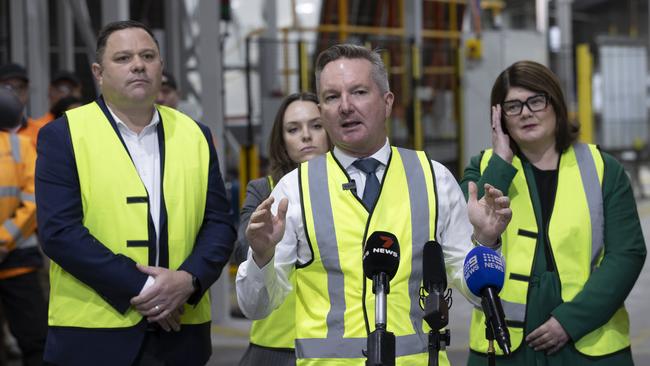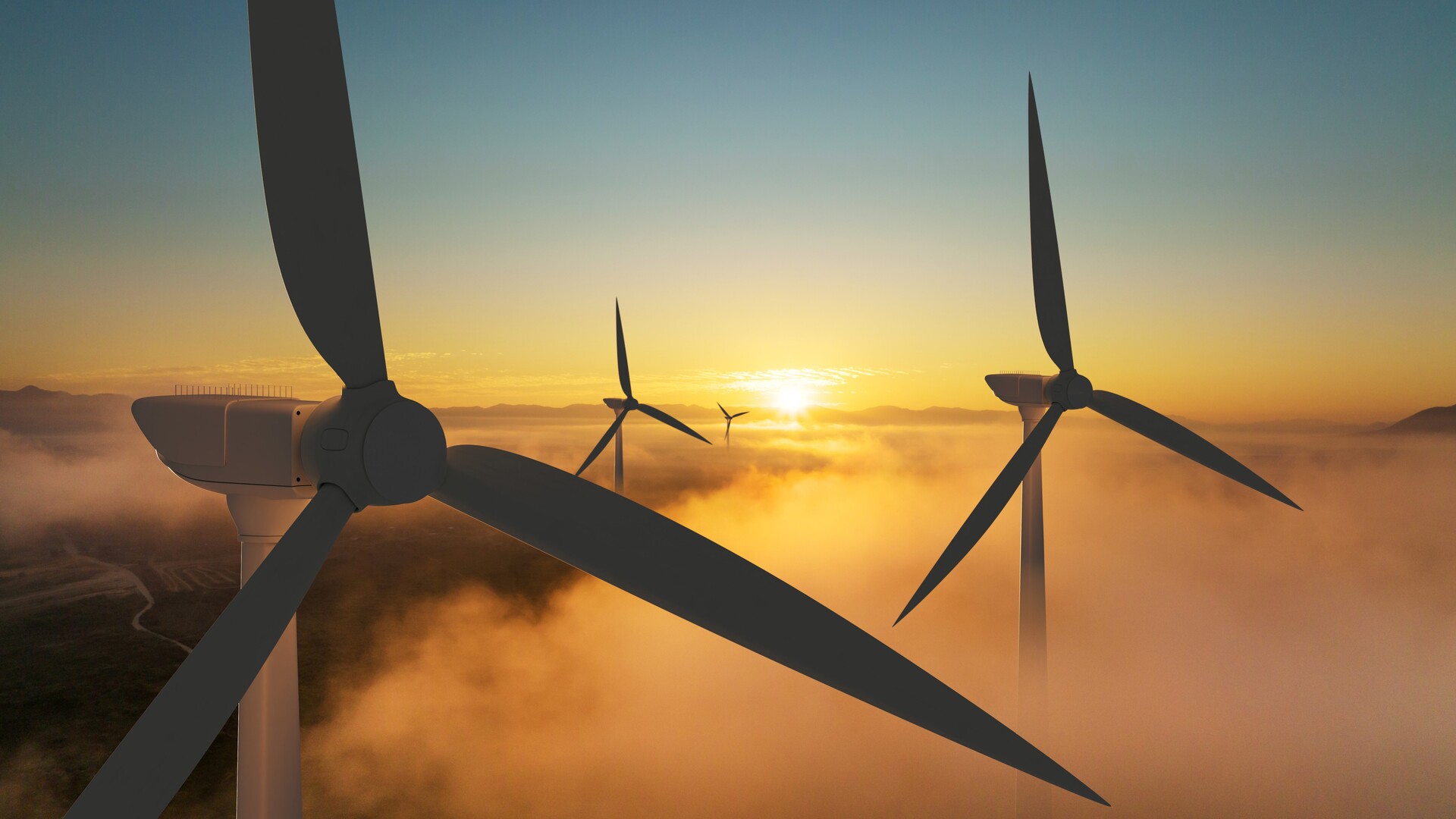
But insufficient investment in our energy grid is holding back our data centre build-out, and Labor’s bold technology and industry agenda with it.
Alarmingly, it appears our energy policymakers even may put the brakes on our data-centre powered growth deliberately, prioritising emissions targets over the government’s growth and national security agendas. Energy policy urgently must pivot towards facilitating more investment to support our technology, industry and national security policies.
Data centres are the foundational layer for rapidly growing cloud computing, AI and emerging high-performance computing environments. They are essential to all of the government’s critical technology fields, including AI, advanced manufacturing, robotics, quantum technologies, cyber security, clean energy and biotechnologies. We need data centres to be close to these and all other critical systems we rely on.
That means being on Australian soil and adjacent to where the activity is located. From the privacy and national security lens, sovereign data centres on Australian soil are a cornerstone.
Every one of the government’s 11 critical infrastructure sectors relies on data centres. We can’t have the data behind our cyber intelligence, military capabilities, critical infrastructure or health infrastructure – much less private personal data – sitting under the jurisdiction of foreign governments that could use it to cause harm or refuse us access when we need it most.

We already learnt this during the terrible 2019-20 bushfires; we couldn’t ensure priority access to foreign-controlled satellites – which Australia contracts from the US – when we needed them the most to support fire management efforts. Data centres also drive job creation, skills development, productivity gains and economic growth across numerous sectors.
They directly support thousands of highly paid Australian jobs that cannot be outsourced overseas and underpin more than 30,000 technology jobs, forecast to grow to 200,000 jobs by 2030 according to the Technology Council of Australia.
Every country wants their own sovereign data centre capability. Thankfully, Australia is a leader, ranking fifth globally and second in Asia for total data centre build-out capacity. Sydney has overtaken Japan and Singapore to be the tier one “Hero Zone” hub (the colloquial term for the top zone) in the Asia-Pacific region. We are recognised by global hyperscalers as a mission-critical hub for cloud infrastructure in Asia.
The right mix of the size of our talent pool, cloud market, technology adoption, power availability, land availability and stable government regulations has allowed Australia to take the regional edge in data centres.
This positions us well for future technology industries in Australia and to export digital services to our trading partners who cannot match our data-centre infrastructure (fbecause of their earthquake risks or land or energy constraints). Australia can continue to win in data centres, but only if we get our energy supply right.
Energy is the core enabler for data-centre powered growth. Data centres need very clean and reliable power supply, which often means reliance on gas to back up renewables. Even a single minute of downtime for a data centre can be catastrophic. Imagine if a hospital lost its ability to monitor intensive-care patients or an airport lost the ability to monitor air traffic, just for a minute, as these all rely on data centres.
But we are at risk of losing our data-centre edge and our future technology agenda with it. More investment in reliable energy supply is needed to deliver data-centre growth, which could increase our energy demand by 5 per cent by 2030. Yet our energy grid is barely able to keep up with current demand. The renewables rollout, which has been slower than planned for, is struggling to replace coal retirements in time.
Insufficient energy investment is placing a handbrake on the government’s technology and growth agenda. Poor planning, poor regulatory priorities and an increasingly hostile regulatory landscape for energy infrastructure approvals are holding back our energy supply. Government departments responsible for technology, industry and defence are being let down by our energy departments.

Rather than celebrating our edge in underpinning an exciting technology future, and harbour of our national security, our Department of Climate Change and Energy seems to view our data-centre success as a threat to its emissions targets. Labor’s laudable industry and technology agenda is at risk from policymakers’ myopic focus on decarbonisation targets, which they are failing to meet anyway.
Energy market rule changes targeting data centres are under consideration by the Australian Energy Market Operator: they appear poorly informed and specifically designed to throttle growth.
Energy policy may be deliberately calibrated to stymie our growth agenda. Energy regulators shouldn’t kill off exciting industries our government has designated as important to meet decarbonisation targets. Anyone can reduce emissions by shutting down the economy. It is policymakers’ job to find another way.
A rebalance towards investment facilitation, a growth agenda and focus on streamlined approvals is needed. Long-term planning and integration of our energy policy with our technology, industry and national security policies are required to ensure the latter can be delivered. The risk is our parochial energy and environmental departments refuse to listen and thereby hold back our technology industry.
Technology investors should be encouraged and applauded for investing in Australia.
Our leadership in data centres should be celebrated and built on. It is the job of our policymakers to deliver the energy needed to keep us winning in these industries of the future. The failure of energy policymakers to deliver on their targets cannot be allowed to force our technology, industry and national security agendas to fail also.
Saul Kavonic is head of energy research at MST Marquee.



Australia’s exciting technology future is being held back by our energy policy. Our future in artificial intelligence and the digital economy relies on us maintaining our world-leading data-centre infrastructure, which is also essential for our national security.